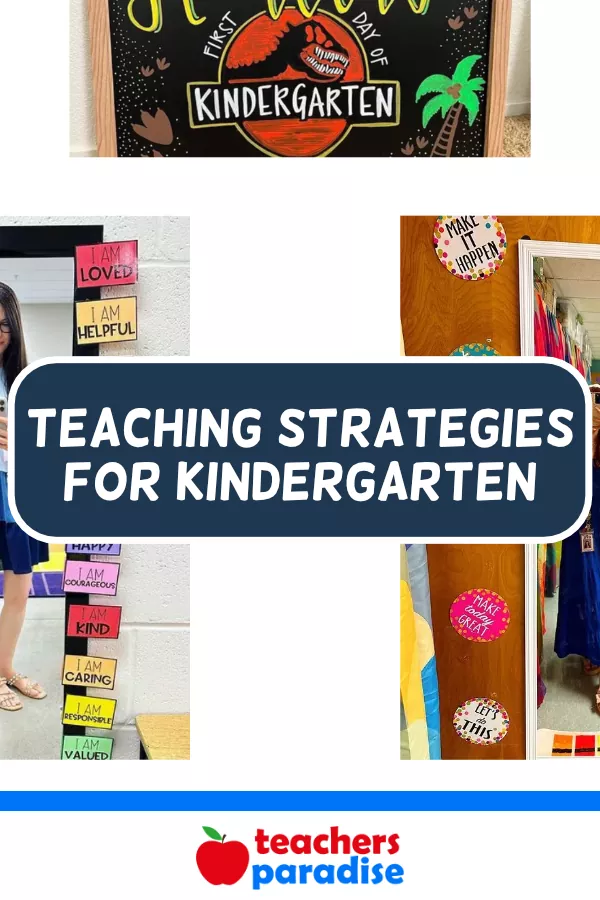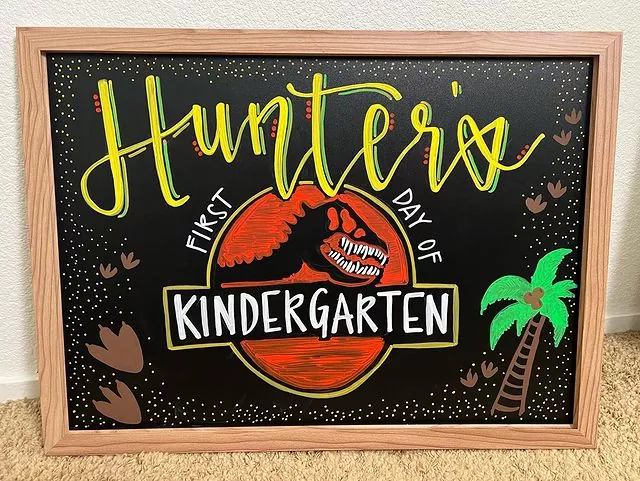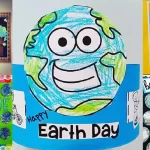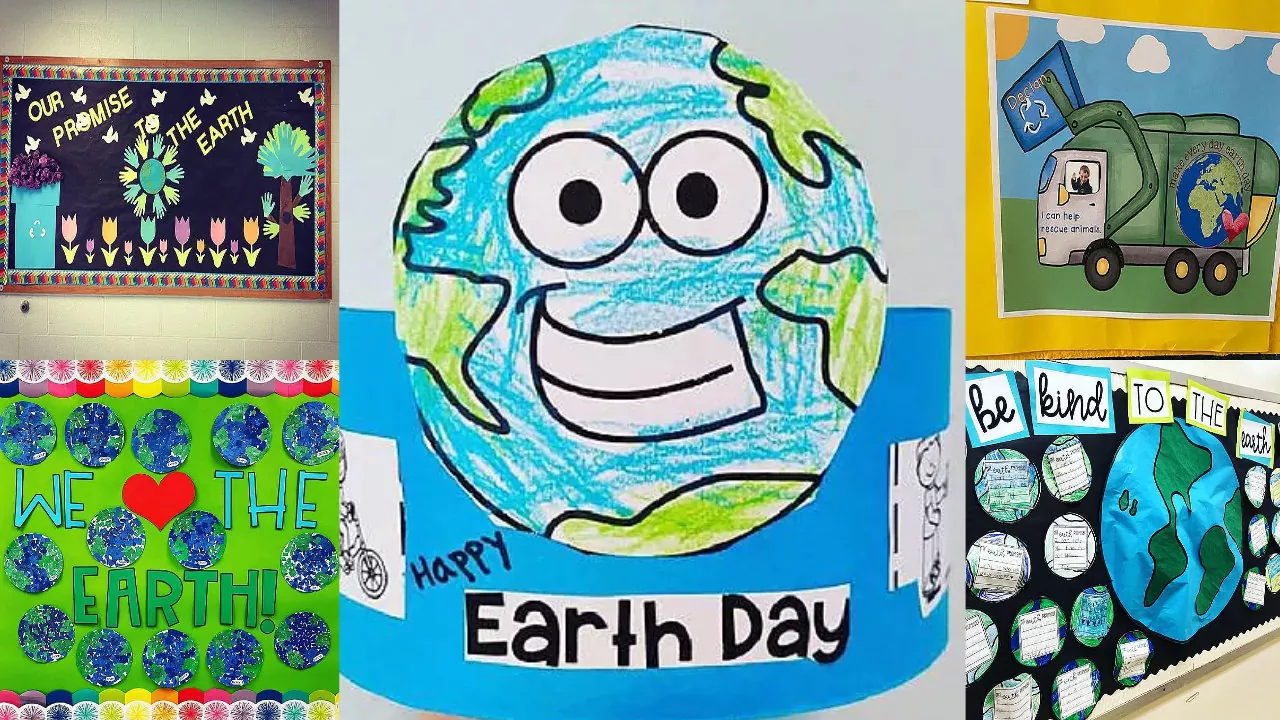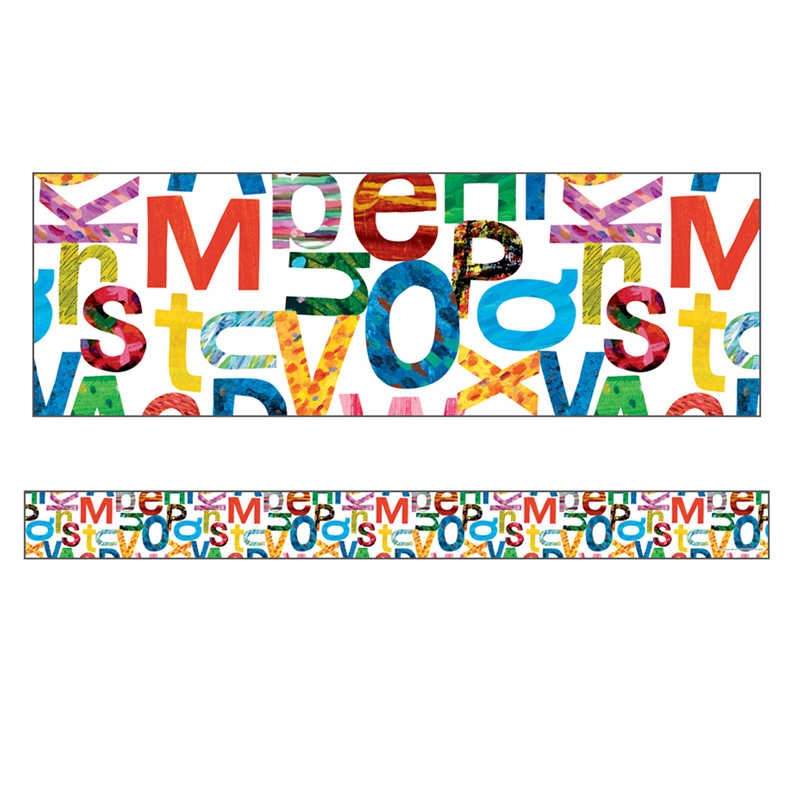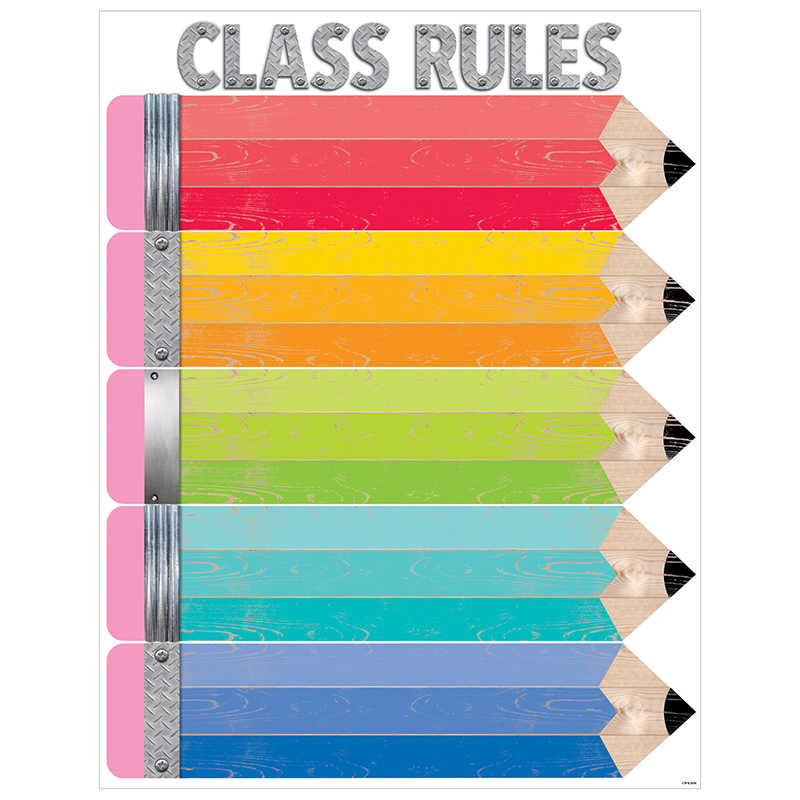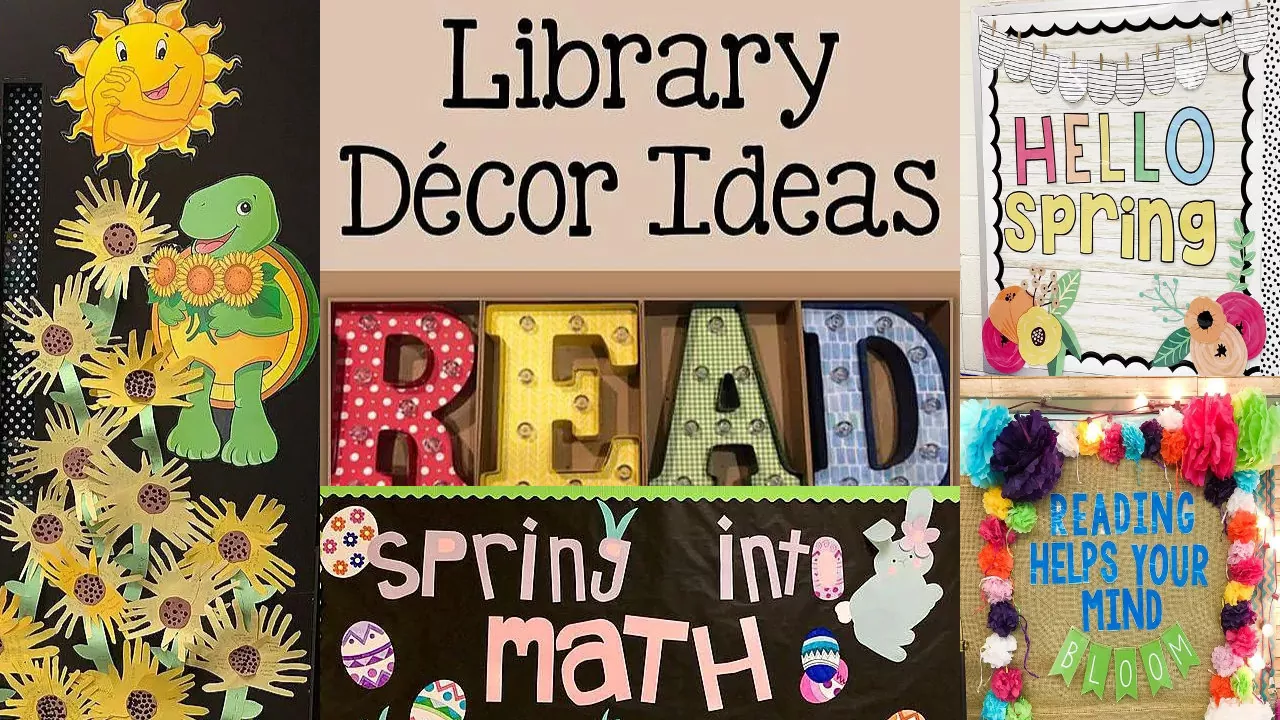As a first-time kindergarten teacher, you will embark on a unique and rewarding journey filled with challenges and joys. When you step into the classroom for the first time, you can expect to encounter several vital aspects, including diverse student backgrounds, early childhood development, and establishing routines.
It is crucial to have a comprehensive teaching plan for kindergarten classrooms. These classrooms often have a mix of students from different cultural, social, and economic backgrounds. Hence, it is vital to create an inclusive setting that embraces diversity. This will help in fostering cultural awareness and understanding among the young learners.
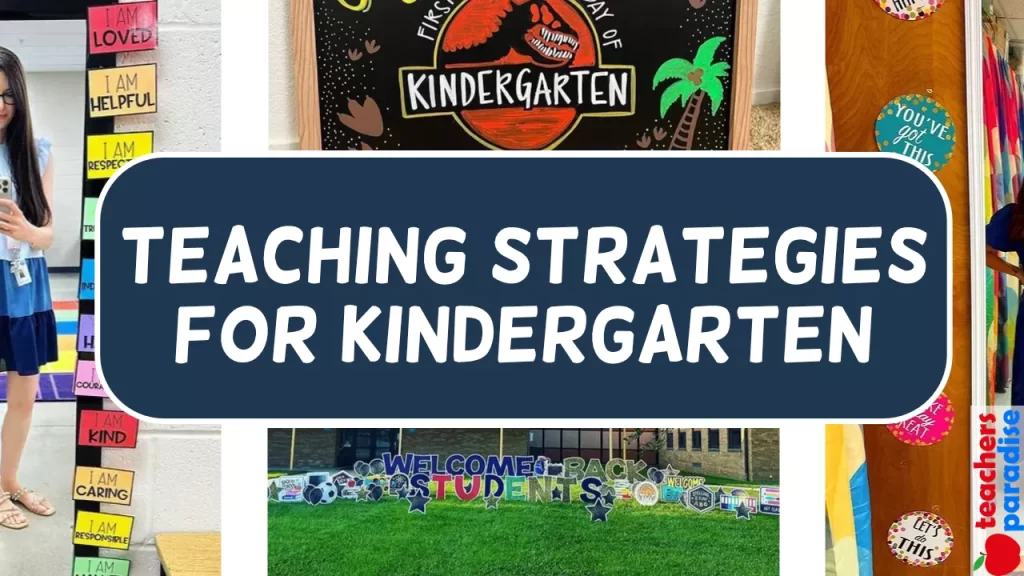
Understanding the developmental milestones of kindergarten-age children is also crucial. You should anticipate various language, motor skills, and social-emotional development abilities. Differentiating instruction to accommodate these differences is a significant part of your role.
Kindergarten thrives on routines and structure. Therefore, you should be prepared to establish consistent daily habits that help young learners feel secure and know what to expect. Practices can cover everything from morning greetings to transitions between activities.
Kindergarten is critical for developing social and emotional skills. Therefore, you should be ready to guide conflict resolution, emotional expression, and building positive relationships among students.
Kindergarten sets the foundation for future academic success. You can expect to introduce basic literacy and numeracy concepts through engaging activities, games, and interactive lessons. This may involve teaching letter recognition, phonics, basic math operations, and more.
Play is an integral part of kindergarten education. Therefore, you should be prepared to design and facilitate play-based learning experiences that promote creativity, problem-solving, and collaboration. Play also helps children develop their language skills and enhances their cognitive development.
Communication with parents and guardians is vital. You can expect to regularly update families on their child’s progress, share classroom activities, and address concerns. Building a solid teacher-parent partnership can contribute to a child’s success in school.
Maintaining a positive and organized classroom environment is critical. Therefore, you should develop effective classroom management strategies that establish clear expectations, encourage positive behavior, and address disruptions constructively.
Every child learns differently. Therefore, you should expect to adapt your teaching methods to accommodate various learning styles and abilities. By providing differentiated instruction, every student can receive the necessary support to thrive.
Monitoring students’ progress is essential for tailoring instruction. Therefore, you can expect to use various assessment tools, such as observations, quizzes, and informal assessments, to gauge each child’s development and adjust your teaching accordingly.
Kindergarten is a creative space where you can design engaging lessons that capture children’s imagination. Therefore, you should be prepared to develop innovative activities, projects, and crafts that align with curriculum goals while making learning enjoyable.
Note: TeachersParadise may earn compensation for sales from links on this post through Amazon Affiliate links. We only suggest items our team loves!
If you would like a physical book on Kindergarten teaching strategies, here are a few options to consider.
Welcome Back Students
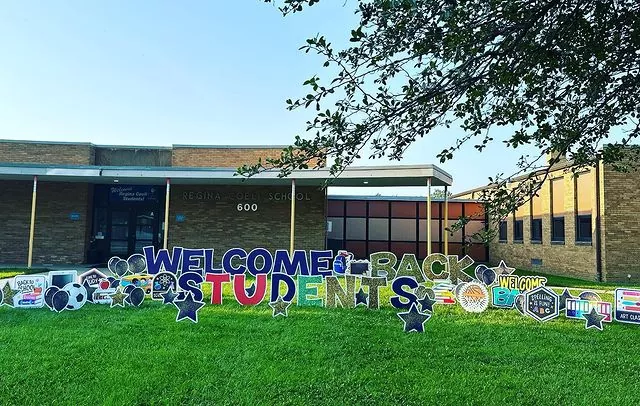
A Welcoming Kindergarten Classroom
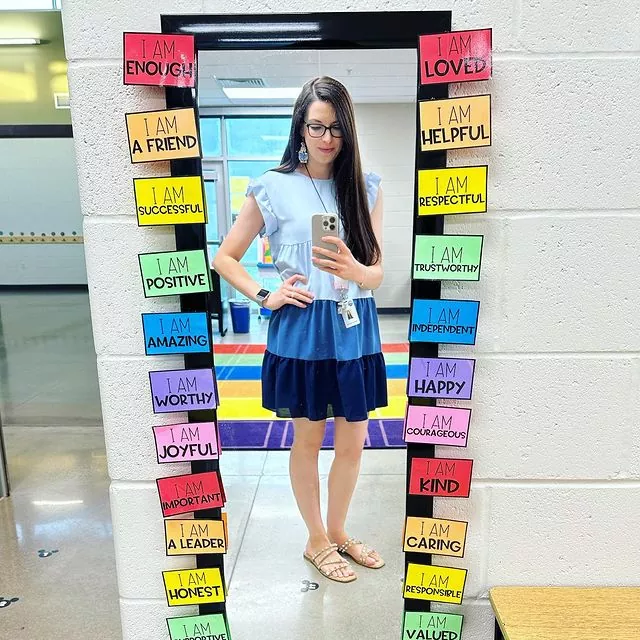
First Class Picture in Kindergarten
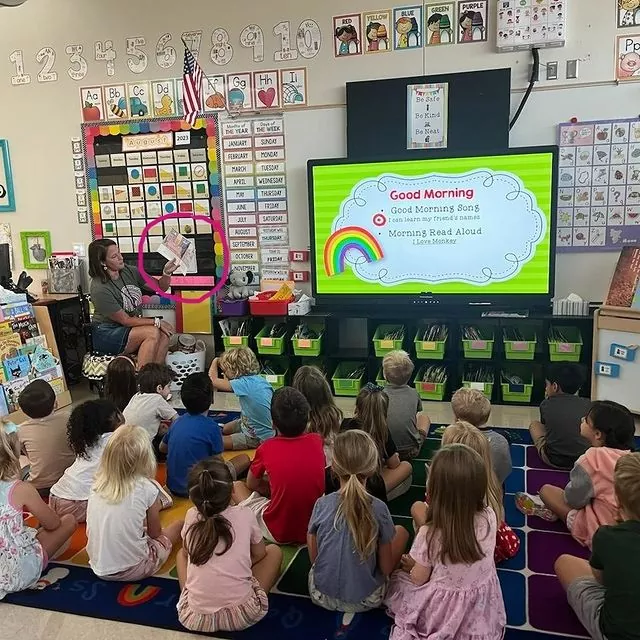
Hooray for Kindergarten Teacher Group Pic
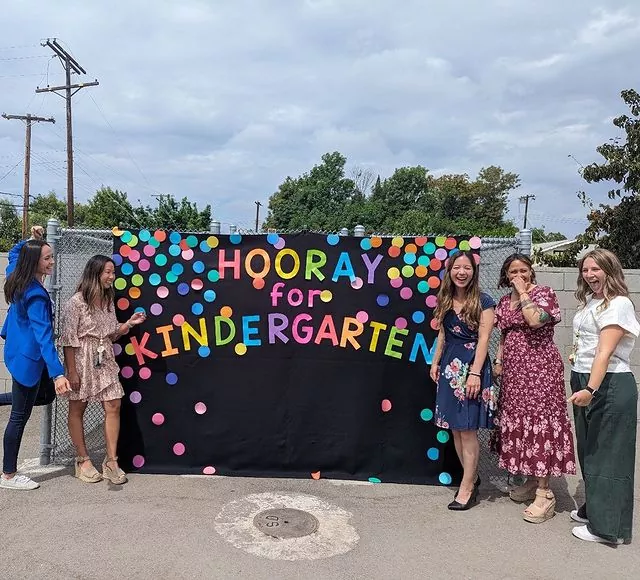
Kindergarten Affirmation Station
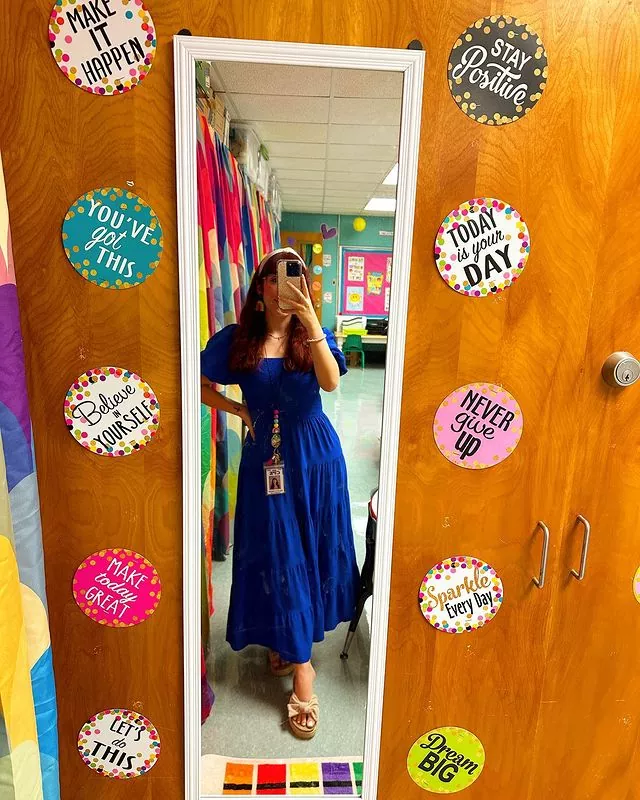
50 tips for first-time kindergarten teachers
Classroom Management:
- Establish clear routines and schedules to provide structure.
- Use visual cues and timers to help students understand transitions.
- Set clear expectations for behavior and be consistent in enforcing them.
- Create a calm and organized classroom environment.
- Use positive reinforcement and recognition to promote good behavior.
- Incorporate movement and brain breaks to keep students engaged.
- Listening to each scholar and maintaining eye contact during conversations is essential. This shows that you’re fully present and engaged and helps build trust and understanding between you and the person you’re speaking with. So, please give them your full attention and listen to what they say—active listening and maintaining eye contact with each pupil.
- Use a quiet signal to grab students’ attention without raising your voice.
- Teach students self-regulation strategies like deep breathing.
Lesson Planning:
- Plan engaging and hands-on activities that cater to different learning styles.
- Keep lessons short and focused to match students’ attention spans.
- Integrate play-based learning to make lessons fun and interactive.
- Use various resources, such as books, props, and visuals.
- Scaffold lessons by starting with simple concepts and gradually increasing complexity.
- Incorporate sensory experiences like touch, smell, and taste into lessons.
- Plan for flexibility, as kindergarteners might need more time on specific topics.
- Align lessons with students’ interests and real-world experiences.
- Use songs, rhymes, and chants to make learning memorable.
Communication:
- Foster constructive relationships with students, parents, and colleagues.
- Send home regular newsletters or updates to keep parents informed.
- Establish an open-door policy for parents to discuss concerns or questions.
- Use clear and straightforward language when communicating with students.
- Offer praise and encouragement to boost students’ confidence.
- Practice active listening when students share stories or thoughts.
Literacy and Language:
- Read aloud daily to expose students to a variety of texts.
- Incorporate phonics and letter recognition activities.
- Create a print-rich environment with labeled objects and word walls.
- Please encourage students to retell stories in their own words.
- Provide opportunities for imaginative storytelling and drawing.
- Foster a love for books by allowing free choice in reading.
- Teach sight words through games and interactive activities.
Numeracy and Math:
- Use concrete objects and manipulatives to teach math concepts.
- Introduce basic math skills through games and hands-on activities.
- Incorporate counting and number recognition into daily routines.
- Explore shapes, patterns, and measurements through art and play.
- Encourage problem-solving and critical thinking in math tasks.
Art and Creativity:
- Provide a variety of art materials for creative expression.
- Encourage open-ended art projects that allow for individual interpretation.
- Use art to reinforce learning in other subjects, like science and math.
- Celebrate and display students’ artwork in the classroom.
Social and Emotional Development:
- Establish a secure and welcoming classroom atmosphere, encouraging students to express themselves freely.
- Teach emotional vocabulary and encourage students to talk about their feelings.
- Incorporate social skills lessons, like sharing, taking turns, and empathy.
- Use storytelling and role-playing to address social situations.
Science and Exploration:
- Foster curiosity through hands-on science experiments and nature exploration.
- Encourage observation and questioning to develop critical thinking.
- Connect science lessons to real-world phenomena.
- Encourage sustainability and environmental care through engaging in various activities.
Physical Activity:
- Provide opportunities for gross motor play, like running, jumping, and dancing.
- Incorporate fine motor skill activities like cutting, coloring, and threading.
In conclusion, first-time kindergarten teachers can expect a dynamic, multifaceted experience of challenges and rewards. Embracing the diverse needs of young learners, fostering a positive classroom environment, and cultivating a passion for learning are all crucial components of this role. As they navigate through the year, teachers can witness their students’ remarkable growth and development, leaving a lasting impact on their educational journey.
